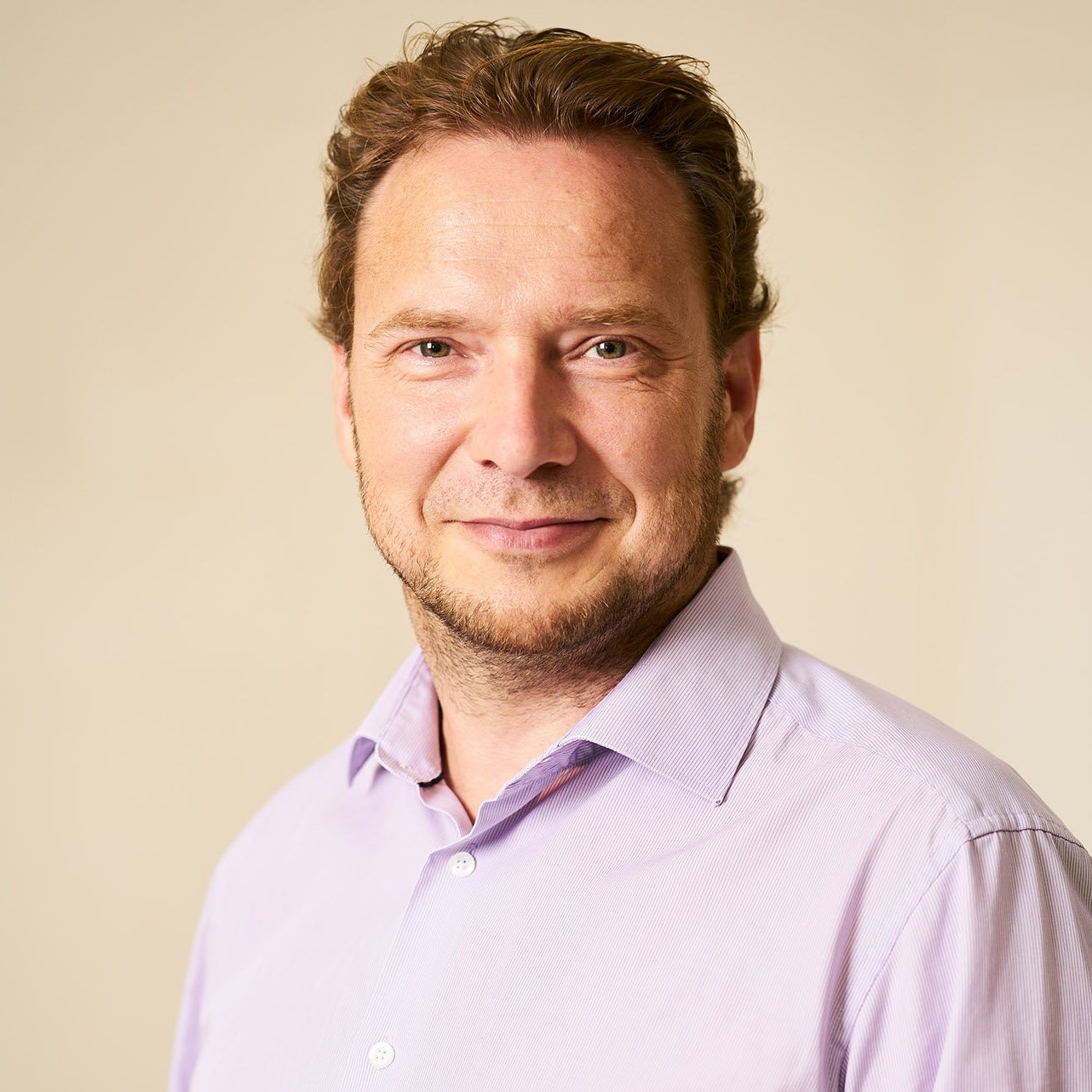Transformation and strategy work (part I): How we see it

During the last 15 years of acting in multiple positions in various organizations and seeing the many ways strategy work, strategic planning and strategy execution are done, few topics keep reoccurring in strategy talk. In the following series of four blog posts, I am sharing three typical stories from organizations’ point of view. The stories shared are based on real life and experience, but none represent a single case as such.
But first...To set base for the following three stories, lets have a look at those topics and key elements for a successful strategic discussion...
1. The level of strategy work and strategy talk
One of the main issues is simply the problem of not separating the strategic and tactical (or operational) levels in communication. Talk strategy first, and only then go into tactics or operational level. While planning our strategy we tend to rush into too much detail too quickly. Be patient and do paint the big picture first. Align big pieces first. See inspiration on how to phase your strategic plan here.
2. Keeping the focus
For leading the strategic change through, getting people committed, believing into, and to follow the set path – we look for ‘the guiding light’. The problem tends to be that we set too many targets, often leaving them a bit vague and therefore not providing that focused direction. This, followed with the lack of real implementation; not making sure that everyone understands his or her importance in making it happen, is a direction for a rocky road.
Rule of thumb is usually pick 3-5 strategic focus points. More variation will make prioritization complex, create mixed messages and blur the focus. In addition – 3-5 is the number of key factors in any field we humans can process and remember easily. So to make it clear, keep it simple.
3. The timeline
The world around us changes constantly. The implications of cultural undercurrents and megatrends obviously depend on what kind of business you are in. Do things around you change quickly, in a half a years time, or is “a fast change” something that takes years? Just recognizing that is a step forward. Either way, it doesn’t exclude the need for keeping one eye on the undercurrents of change and deciding how you are going to face them. Generally, we tend to overestimate the speed and effect of technological change in the short run, but underestimate the effects in the long run.
Once you have an understanding of the concept of foresight, it’s time to think about the transformation, with that foresight in mind. Identify and acknowledge that people that keep the current business afloat are different from the ones who are creating the experimentations of and building something completely new. Both of those should follow your ultimate vision though – stay aligned and keep your vision on a level that serves the situation now and in the future. (Harvard Business Review has an great article about it, you'll need HBR's account to read it though - 'Building your company's vision' by Collins, Porras).
The Three Horizons Framework also offers a simple frame for thinking about the next steps ahead.
To be continued...
Throughout the following blog posts, I will be looking at these three topics through the eyes of a company facing a radical business environment change, companies facing a sudden slow-down or saturation of their traditional market and companies actively realizing that actual market change creates potential openings around their previous core.

Panu Kause is the founder and CEO at FIBRES. Before founding FIBRES, he held several management positions and ran his own foresight and strategy focused consultancy.
Stay in the loop
Get our latest foresight tips delivered straight to your inbox. You may unsubscribe from these communications at any time.